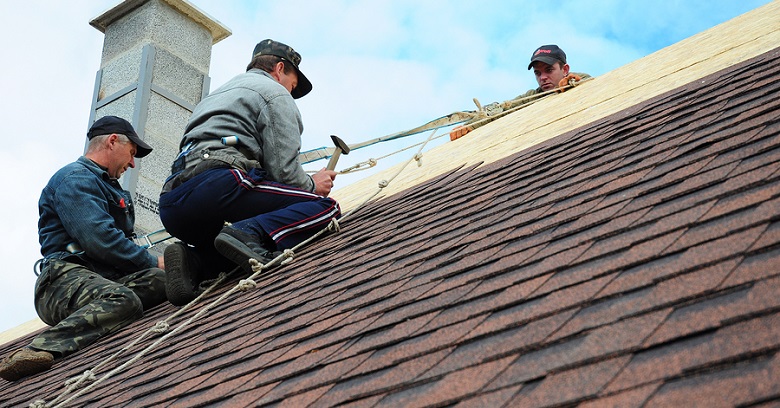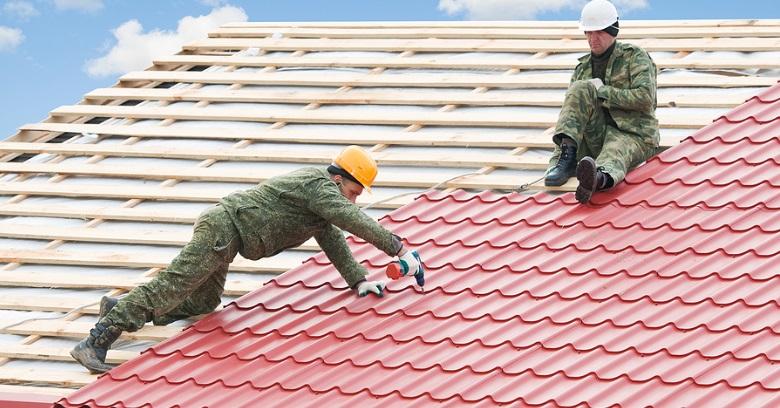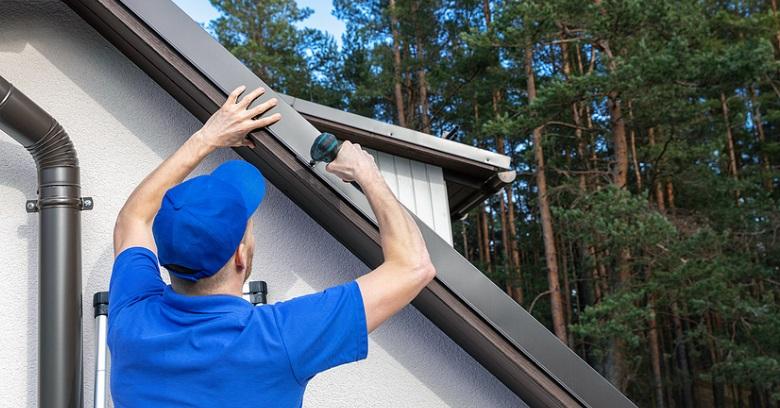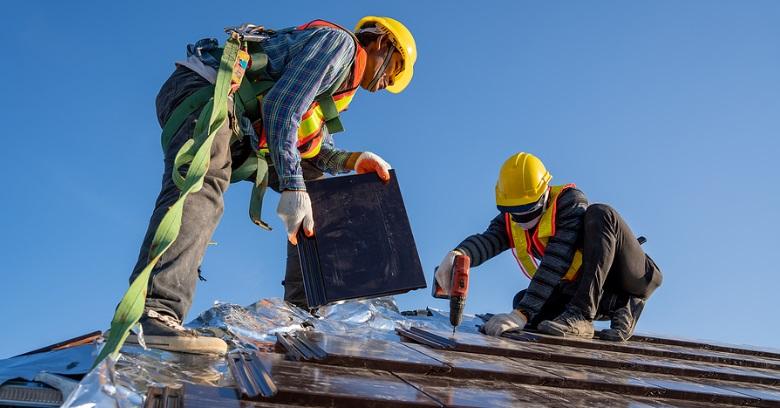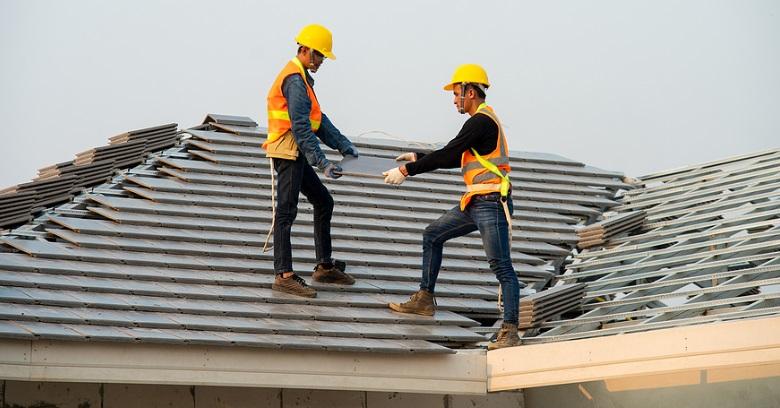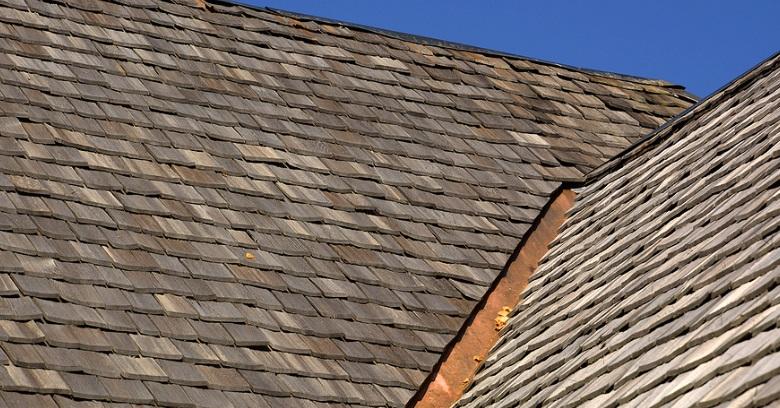Shingle roofs do not last forever, even when they receive the best care. If the time has come for you to have a new roof installed, there are many details you must consider. The first of these two articles discussed the importance of working with the right roofing company as well as other critical details to ensure you get a great roof. Learn below about some important installation techniques used by experienced roof services to ensure they are used on your new roof.
1. First Inspect the Decking
Decking is a critical component of all roofs; it covers the top of the house and supports the roofing material. Once old shingles and underlayment have been removed and the decking is completely visible, carefully inspect it from both the outside and the attic side.
Any signs of decay on the decking or trusses should be repaired before the roof company begins to put on the new shingles so they are installed onto a structurally strong base.
2. Install A Quality Underlayment
After the decking is confirmed to be in good condition, your roof services should apply an underlayment on top. Underlayment creates a breathable, yet watertight barrier under the layers of shingles. Choose a high-quality product and make sure it is properly affixed by using plastic cap nails that secure without causing the material to tear.
Avoid stapling the underlayment, as staples can cause damage and affect its ability to keep water out. Also, if an ice barrier is required by your state, make sure it is installed at the same time as the underlayment.
3. Starter Strips and Overhangs
Another little detail that is often omitted or overlooked by some roof companies is the installation of a shingle starter strip that goes under the first row of shingles. It is secured at the edge to prevent blow off with a strip of adhesive that sticks to the adhesive on the underside of the first row of shingles to hold it down tightly.
Shingle installations that are done correctly include an overhang of at least one-half inch, a starter strip around the entire perimeter of the roof, and a drip guard to prevent water from rolling under the edge and going under the shingles.
4. Pay Attention to Valleys
Besides poorly installed flashing, improperly shingled valleys are the next most common cause of leaky roofs. Valleys require special attention, as they must be shingled in such a way that the valley is well protected without actually doing any nailing close to the seam. Roof services must use ice barriers in these corners to provide an extra layer of leak protection, trim and lay the shingles correctly, and cover the entire area with a high-quality flashing.
5. Proper Nailing Technique
Experienced roof companies know that an improper nailing technique causes damage to new shingles and increases the chance of leaks later on. Nail pattern and position are also critical for preventing blow offs in high winds. To ensure shingles are properly affixed and will perform their best, it is essential that contractors know the correct way to use their nail guns and how to angle nails to prevent them from loosening. Since recommended techniques may vary, they should also follow the manufacturer’s nailing instructions.
The roof over your home is an important investment. Protect your home and your investment by hiring experienced contractors who will do the best work for you. Quality roof services means trouble-free roofs that will last up to and beyond their life expectancy!


